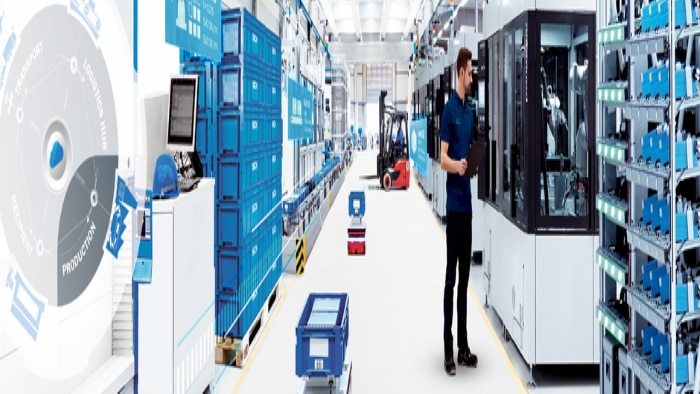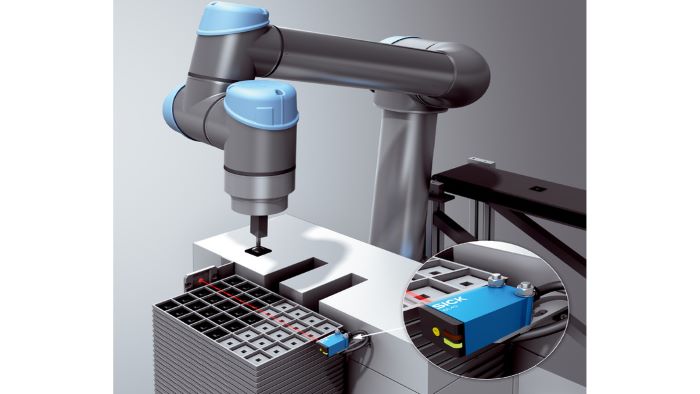Keep up the quality
Quality inspection 2D cameras identify quality deviations as early as possible in the production line. By snapping a picture of each product and comparing it to a set of acceptable product images, these cameras identify whether each stage of production is delivering high-quality output.
These quality assessments help plant personnel identify exactly where and when a product defect occurs. This solution helps plant managers/operators prevent failed product accumulation or errors in the production line, ensuring top-quality products.
If these cameras are programmable and can run apps (similar to how a cell phone works) once can customise each camera to fit the needs of a specific task. In turn, the factory delivers high performance with a low demand for hardware maintenance.
From part positioning and presence checks to correct shape and dimension inspections – even robot picking, quality inspection cameras are ideal for various applications. Quality managers can rest easy, knowing that any defect can be traced to its root cause.
Get a complete & transparent factory overview
Agnostic software, when incorporated into factory hardware, is used to conveniently create a Digital Twin of your production-line. Your factory’s Digital Twin delivers a completely transparent view of all your assets and components, mapping out the entire factory. In turn, you can develop productive maintenance schedules and find all your assets’ data in one place, regardless of the equipment brand.
Record and identify the assets that contribute to efficient and productive manufacturing, as well as those that are bringing your production rate and quality down. Using machine learning, this type of software can also deliver intelligent instructions based on necessary and preventative maintenance schedules, preventing downtime and reducing maintenance costs.
Three key questions to ask when looking for your automation partner
1) Will they grow with your company?
Make sure to partner with a supplier that has global experience and is committed to innovation and R&D. Your partner should have a diverse and large portfolio, to meet all your automation requirements. They should become your complete solution provider or ‘a one-stop-shop’, ensuring that you always have a solution to further optimise your process.
2) Do they have a ‘hands-on’, responsible approach?
Your partner should take ownership and responsibility of their solution through a broad service offering. Such partners ensure risk management, as they trust their technology, services and support to create leading solutions.
3) Do they have comprehensive services & support?
From consulting and design to product and system support, verification and optimisation, your partner’s solutions should constantly function at peak-performance. Such partners will also deliver verification and optimisation services, alongside customer and staff training and education.
Never neglect your hidden factory
The hidden factory is said to account for up to 30% of a factory’s overall activities. By shortening the feedback loop in your manufacturing process, to expose any wasted resources, you’ll uncover your factory’s hidden potential. With consistent fixes to factory inefficiencies, you’ll reduce downtime and maintenance costs, meet quality targets and increase throughput.
Discover & resolve your hidden factory. Put SICK to the test.



